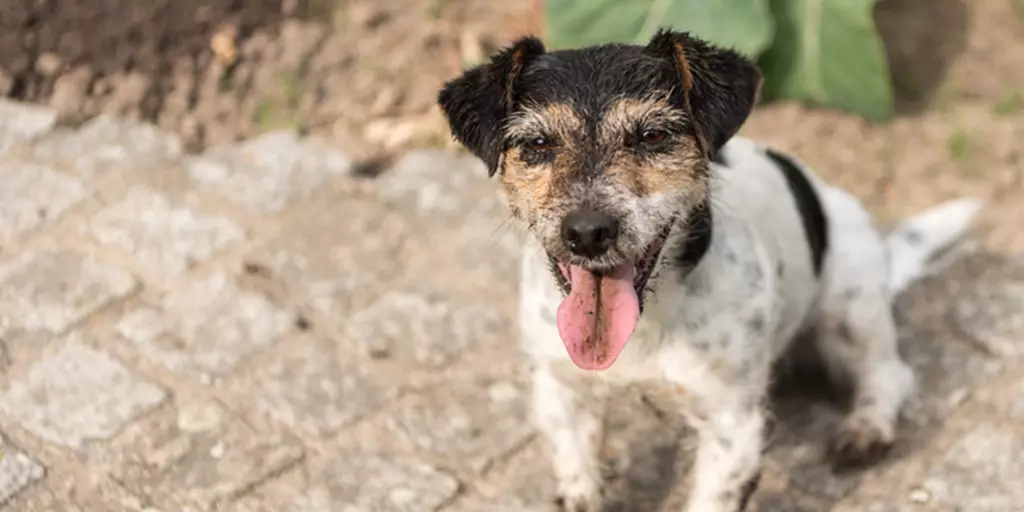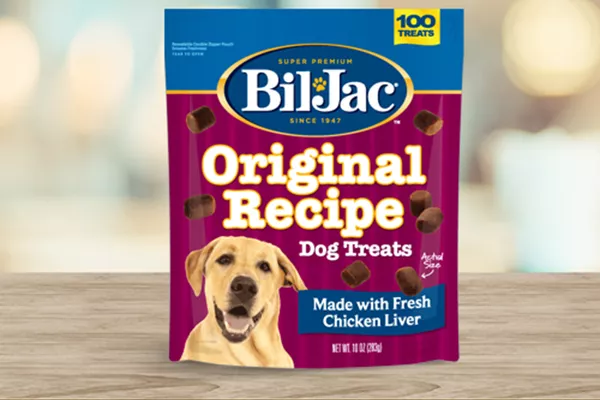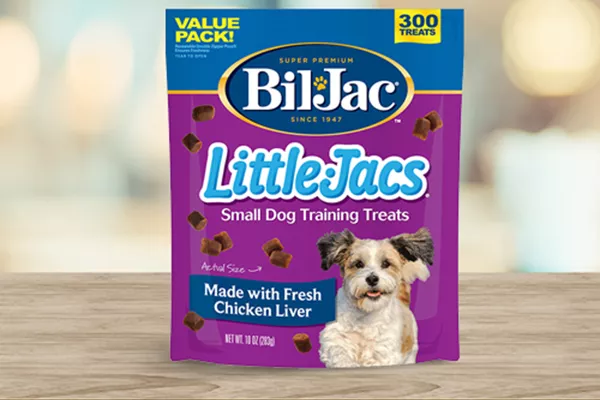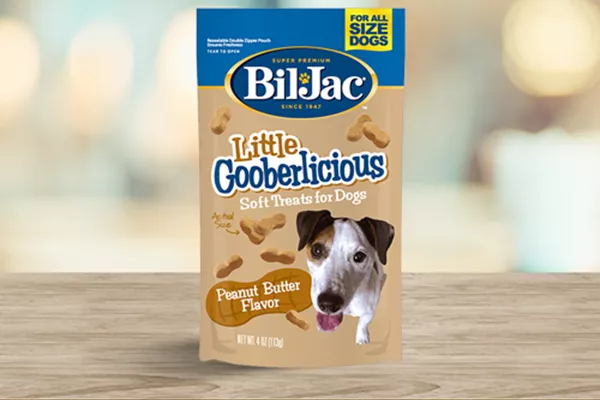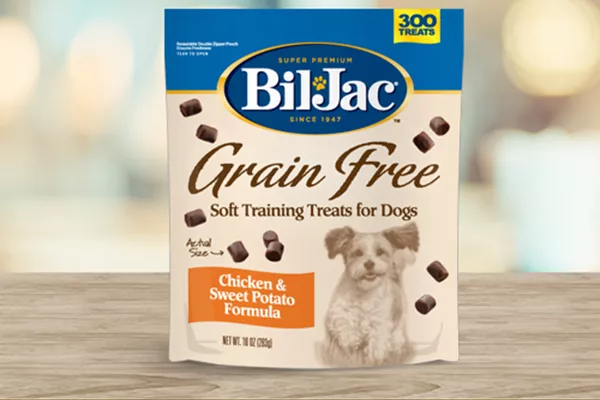As a pet parent, it’s great to see your dog having fun. Seeing your dog running around the yard or playing in your home is a great sign that their living their best life. Of course, it’s not nearly as enjoyable of a sight when your best friend has mud all over their paws.
A muddy dog makes for a massive mess. The good news is that there are a few different tactics you can take to keep your dog and your place mud-free. Between cleaning your dog’s paws and limiting how muddy they can get, here’s what you can do to manage muddy dogs.
How to Fix a Muddy Yard
The first step that you should take to managing muddy paws is to go directly to the source. While it’s difficult to have a truly mud-free dog yard without taking big measures like switching to artificial grass, there are other ways you can address the mess.
Address any drainage problems
Having too much sitting water is a nasty cycle that will only create more mud over time. Too much water will end up weakening your grass and turning dirt into mud that only gets worse the more your dog runs in it. If you’d prefer not to have a muddy backyard dog trail behind where you live, try taking the following steps:
- Check and fix and faulty drainage.
- Extend your downspout to let water drain farther away from flower beds or low points in that yard.
- Water your yard less often (or at least avoid common wet zones).
- Start a rain garden in areas that are normally soggy. Try adding some water-loving plants like hostas and royal ferns that will help suck up that water and keep your yard dry (just make sure that any plants you grow are non-toxic for dogs).
Add some ground covers to limit what can become muddy
Another way to fix a muddy backyard is to replace dirt paths or other problem areas with ground covers. There are several ways that you can cover mud in the yard for your dogs, some of which can help create natural footpaths while others cover a larger space.
- Pavers – Replacing low spots or soggy side areas with flat paving stones is a good way to cover up muddy areas with something that won’t wash away over time.
- Landscaping rocks – Replacing grass and dirt with landscaping rocks can cut down on mud, but you’ll want to use rocks that are safe for your dog’s paws. Pea gravel is regarded as a dog-safe option because its smooth, easy to maintain, and doesn’t absorb much heat.
- Mulch – There are a variety of mulches that are great for flower beds or covering soggy spaces. Make sure to opt for non-dyed, dog-friendly options like shredded pine bark, cedar mulch, or others that are easy on the paws. However, if your dog is one to try and eat the mulch, it’s best to opt for some other covering.
- Grass alternatives – If you prefer to cover your backyard in something greener, there are a few all-natural alternatives out there. Try planting silver carpet or Irish moss in smaller areas to help suck up extra water while still giving your dog soft spaces to run and play. Of course, make sure any grass alternatives you choose are safe for dogs before you plant them.
Restrict access to the muddiest areas
Prevention can be a pet parent’s best friend. If there are specific areas in your yard that get muddy, one of the simplest solutions is to close off those areas to your furry friend. Try fencing off any areas like muddy flower beds, low spots, or other problem areas. If you need a short-term solution until you have a chance to make changes, you can always take your dog out on a leash to keep them from getting too dirty.
How to Keep Dogs from Tracking Mud in the House
Seeing a muddy dog waiting to come inside is a frightening sight, but there are plenty of ways that you can keep the mud out so that you can let your furry friend back inside.
Set up a washing station
The best way to keep muddy paws off your floors and furniture is to stop them before they get too far inside. Set up a wash station either inside your entry area or right outside your door. If you have a mud room, that’s an appropriately named spot that is great for cleaning your dog.
Your wash station doesn’t have to be elaborate. Start by putting down a large rug or mat that can be easily washed after clean-up duty. You’ll also want to have a basket or some other container nearby with dog towels and cleaning wipes so that you can wipe their paws off before they make a mess.
Get some dog boots
If you know the weather outside is frightful, dog boots can help you keep your dog’s paws clean. Dog boots are a great way to protect your dog’s paw pads while making cleanup as simple as taking off their shoes when they come inside. Some dogs aren’t that into wearing clothes or having their feet held, but boots can be a good option for those who don’t mind wearing some fetching footwear.
Keep your dog’s nail’s trimmed
Giving your dog the occasional paw pedicure will make it easier to clean their feet when they do get muddy. Trimming your dog’s nails and cutting any extra fur sticking out between the paw pads will help your dog pick up less mud. Check out our post on how to trim dog nails if you need some help taking care of your best friend’s feet.
Invest in some floor and furniture coverings
It’s also good to have some backup in case your dog sneaks past the door or you missed a spot. Adding an extra absorbent mat past the entrance can help your dog wipe their paws as they try and cause some chaos. You may also want to put some washable covers or towels on any furniture or spaces your dog loves to trample after a trip outside. While you may not need it, it’s not a bad idea to have it if your dog is known for making a muddy mess.
How to Clean Muddy Dog Paws
No matter whether you clean your dog’s paws outside, at your entryway, or after a living room chase, it’s important to properly and thoroughly clean their feet. Here are some steps to make this process a much nicer process for you and your best friend.
Condition your dog to foot touching
It’s no surprise that cleaning your dog’s paws mean that you have to touch their feet. The problem is some dogs aren’t big fans of having their paws held. If you can, try and condition your dog by giving them a reward like a Little Jacs Treat after holding their paw. Start with just a second or two before holding the paw for longer periods of time. With some patience and a few treats, this process can make paw cleaning a lot easier.
Get ready for bath time
If a few towels and wipes aren’t enough, you’ll need to prepare a bath that’s suited to the size of your dog. A sink or stationary rub can work for small dogs, whereas larger breeds will need a lot more space. You’ll also need to have a few supplies, including a gentle dog shampoo and multiple towels. If your dog is extra furry, you may want to keep some steel wool by the drain to catch any stray fur.
It’s also important to make sure that the water is right for your best friend. Warm water is good to help wash away the mud and other debris, just make sure it’s not too hot. Once your dog is comfortable, rinse or brush excess mud away before washing your dog’s legs and feet with shampoo. Rinse your dog’s legs off and dry them with an absorbent towel before letting them loose.
Check between every toe
While it’s tempting to quickly rinse and dry your dog’s feet, it’s best to be thorough. Make sure to examine your dog’s feet for any little rocks or other debris that can get caught between the paw pads. These irritants can cause discomfort, small cuts, and more if left unattended, so a deep clean can help keep your furry friend clean and comfortable.
Taking Care of Your Best Friend, One Muddy Paw at a Time
Cleaning up muddy paws is just one part of being a pet parent, but it’s easily worth it to make sure your best friend is happy and healthy. Want to learn about other ways that you can support your dog? Join Bil-Jac’s Best Friends Club to receive exclusive email updates, informative articles, and members-only discounts on Bil-Jac dog food, treats, and other products.
